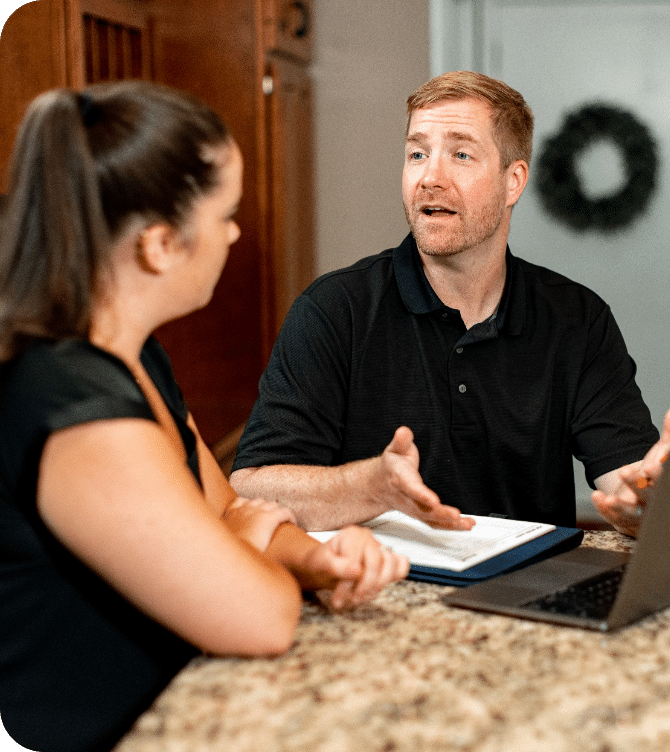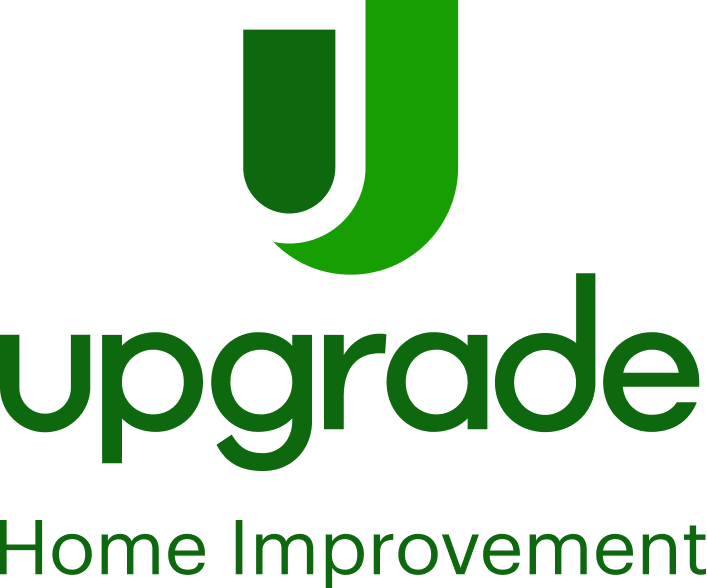
Big water stains on the basement floor
Large stains like this are common in a leaky or flooded basement. The water carries a little dirt with it and discolors the basement floor. Sometimes our inspector gets on site and the floor is still wet. That makes the job easier.

TripleSafe sump pump
This sump pump for the basement or crawlspace is equipped with 3 separate pumps. One for everyday, normal amounts of water, a 2nd pump for heavy amounts of water or in case the first pump fails, and finally a battery back up sump pump. The TripleSafe is perfect for someone who wants to keep the basement dry all the time.

Not a lot of disturbance to the basement floor
One of the things that makes our drainage systems so good is that we don't have to cut really far from the edges. Some other systems require cutting out a foot and a half of the floor, all the way around. DryZone normally only needs about half that, sometimes less. This means that we get done faster and there is less dust and noise during the installation.

FlowGuard perimeter drainage system
Sometimes the basement floor is only a couple of inches thick, not enough for WaterGuard. In cases like this, we would use a FlowGuard system. FlowGuard will use the concrete footer as the bottom of the "pipe." It creates a small space beneath the floor for the water to flow in the newly made channel. It is a great system, and a nice alternative for those homes where it is needed. DryZone still adds the CleanSpace liner to the bottom of the wall to prevent water to "jump the drain" when it comes through any small cracks in the wall.

Trench Drain at the base of the stairs
To avoid having a small lip as a tripping hazard, we use an open grate on the top of our Trench Drain. You can see in this picture how we surround the system with stone for better drainage. The Trench Drain will trap any water that flows down the basement stairs.



